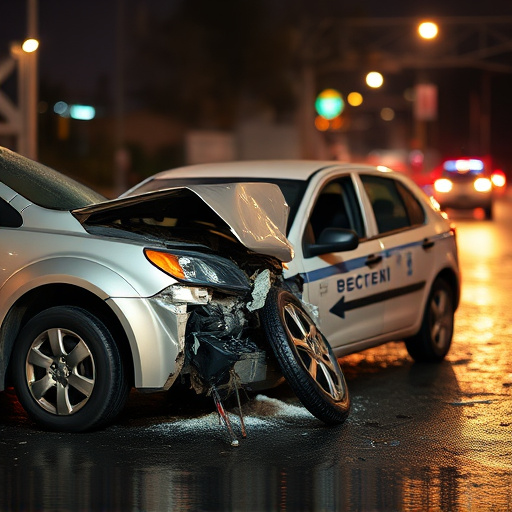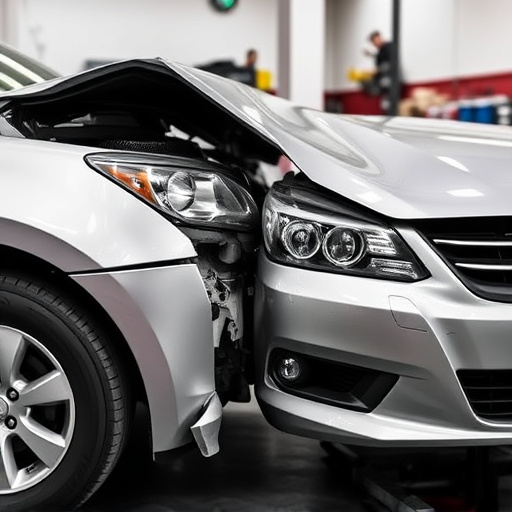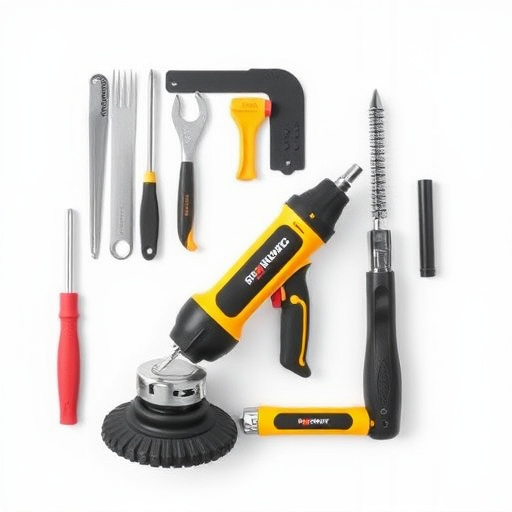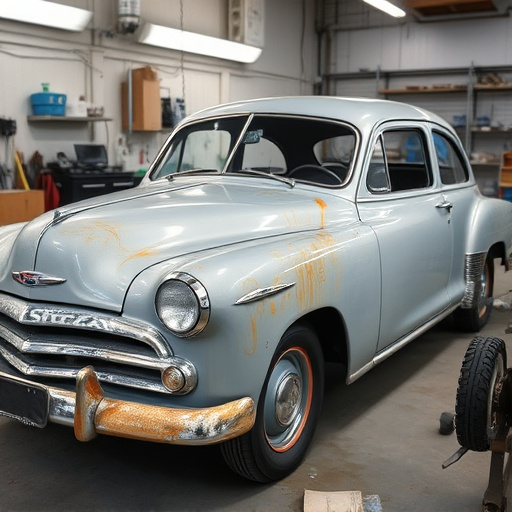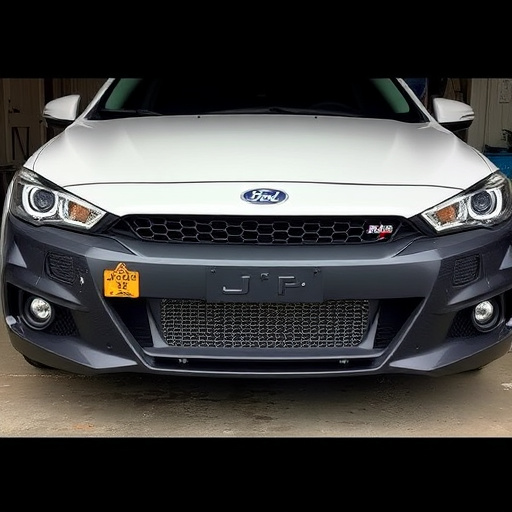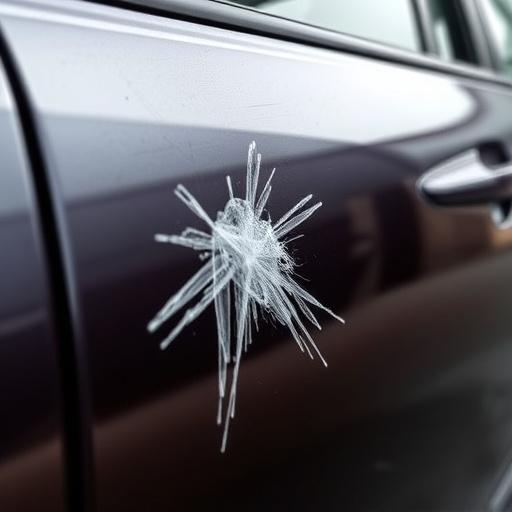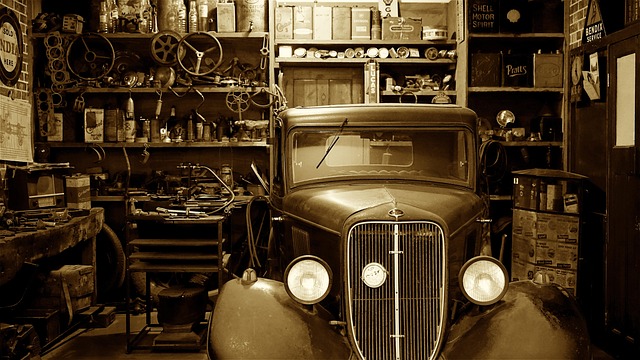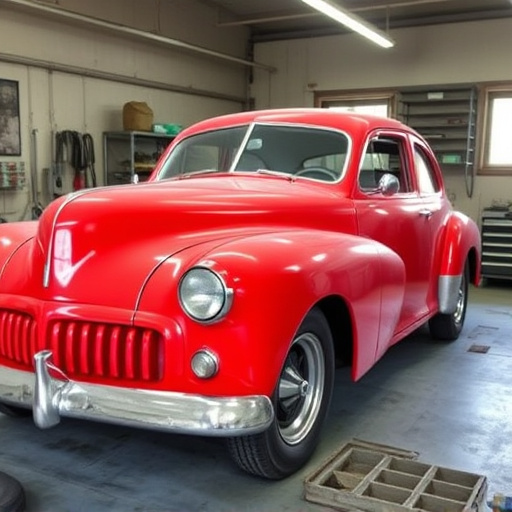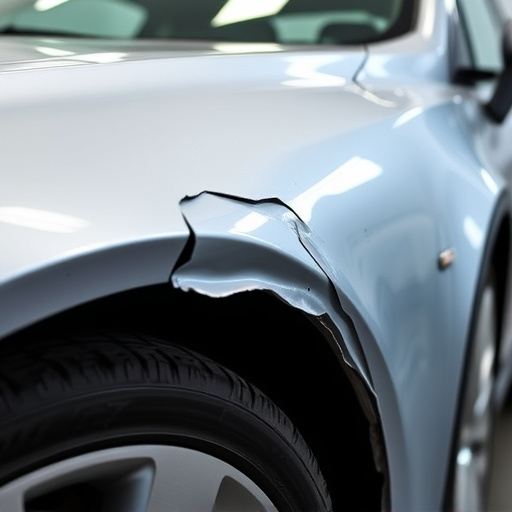Taillight repair or replacement demands adherence to safety standards and regulations for driver safety and vehicle integrity. This involves precise measurements, alignment, and use of high-quality OEM parts. Professional body shops employ trained technicians following strict protocols, maintaining ventilation, wearing protective gear, and employing methods like paintless dent repair. Compliance checks against industry standards and local regulations are mandatory, including accurate record-keeping and waste disposal practices to avoid legal issues.
In today’s digital era, understanding safety regulations governing taillight repair replacement is paramount for both mechanics and vehicle owners. This comprehensive guide delves into the essential standards, safety precautions, and legal obligations surrounding this critical maintenance task. From ensuring proper part compatibility to adhering to stringent compliance checks, every step is crucial in preventing accidents and maintaining legal compliance. By the end, folks will be equipped with the knowledge needed to safely navigate taillight repair replacement work.
- Understanding Taillight Repair Replacement Standards
- Essential Safety Precautions for Mechanics
- Compliance Checks and Legal Obligations
Understanding Taillight Repair Replacement Standards
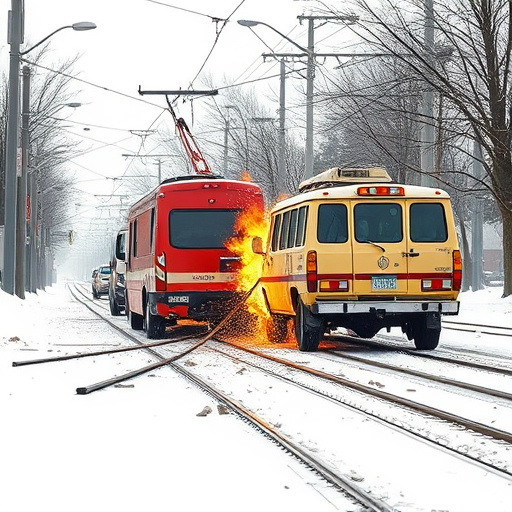
When it comes to taillight repair replacement, understanding the safety regulations and industry standards is paramount. These standards are in place to ensure not only the structural integrity of your vehicle but also the safety of other drivers on the road. The process involves more than just swapping out a broken light; it requires precise measurements, proper alignment, and adherence to specific guidelines for lighting systems.
Autobody repairs that include taillight replacement should align with collision repair services best practices. This means utilizing high-quality parts that meet or exceed original equipment manufacturer (OEM) standards. Professional body shop services specializing in these repairs employ experienced technicians who are well-versed in the latest safety regulations, ensuring your vehicle is restored to optimal condition while maintaining legal compliance.
Essential Safety Precautions for Mechanics
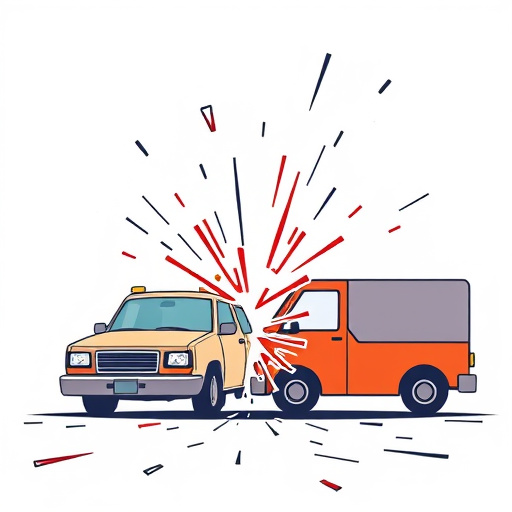
When carrying out taillight repair or replacement work, mechanics must adhere to stringent safety regulations. This involves donning appropriate protective gear, including gloves, safety goggles, and a respirator, to shield against debris, chemicals, and harmful fumes. Ensuring proper ventilation in the workspace is paramount, as the process may involve toxic materials like solvents and paints.
Moreover, mechanics should be well-versed in handling broken glass and components from the old taillights, employing techniques such as paintless dent repair for bumper restoration where feasible. Safety procedures must also encompass meticulous organization of tools and parts to prevent accidental cuts or injuries. Regular maintenance of equipment and adherence to manufacturer guidelines are essential practices to ensure a safe working environment during these delicate automotive restoration tasks.
Compliance Checks and Legal Obligations
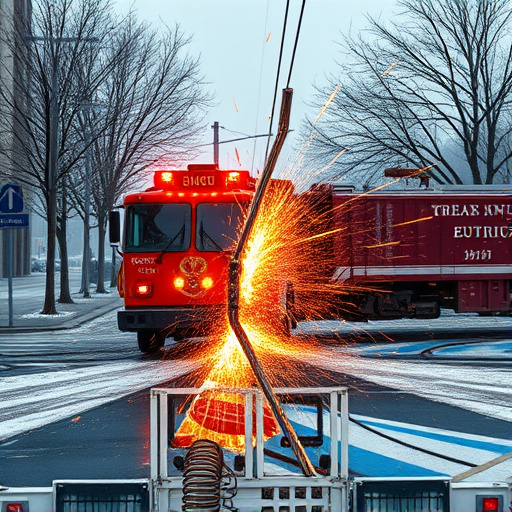
Before conducting any taillight repair or replacement work, it’s imperative to carry out thorough compliance checks. This involves verifying that all parts and procedures adhere to industry standards and local regulations, ensuring the safety and legality of the process. Repair technicians must be well-versed in these guidelines, as even minor deviations can lead to significant legal consequences. Regular training and updates on safety protocols are crucial for automotive service centers offering taillight repair replacement services, especially when dealing with luxury vehicles known for their intricate car bodywork and precise finishes.
Legal obligations related to taillight repairs extend beyond the immediate replacement process. Automotive businesses must maintain accurate records of parts used, work performed, and customer consent. These documents are essential during inspections or in the event of a legal dispute. Additionally, keeping up with regional regulations regarding waste disposal, especially for components like old light assemblies, is part of operating within the law. Therefore, car bodywork services that specialize in taillight repair replacement should have robust systems in place to meet these legal and compliance requirements.
When conducting taillight repair or replacement work, adhering to safety regulations is paramount. By understanding industry standards, implementing essential safety precautions, and conducting thorough compliance checks, mechanics can ensure their operations meet legal obligations while prioritizing road safety during every step of the process. These measures are crucial in promoting a secure driving environment for all.
